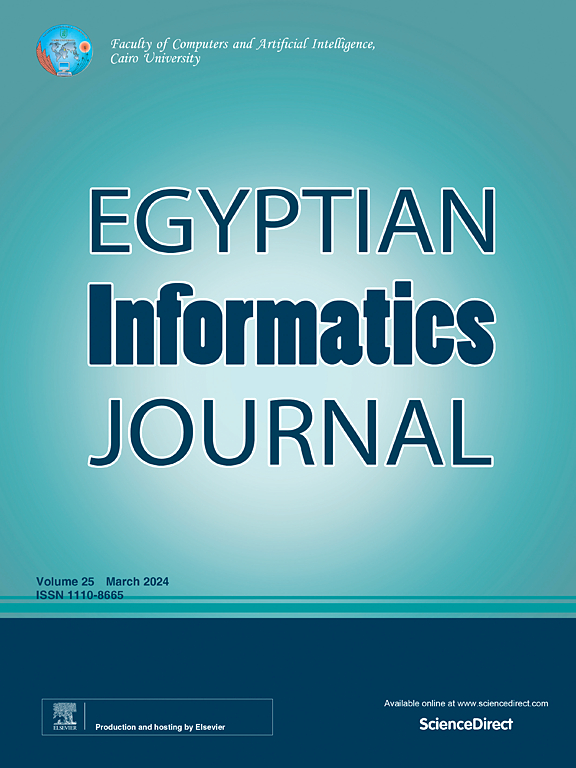IAPN: Framework to secure IoT-based infrastructures using Private APN
IF 4.3
3区 计算机科学
Q1 COMPUTER SCIENCE, ARTIFICIAL INTELLIGENCE
引用次数: 0
Abstract
Private access point network (APN) routes data from mobile apps and devices directly into the vendor’s corporate data networks. Thus the mobile-to-mobile IoT deployments provide options for APN, VPN, and Fixed IP. These deployments transmit data using private APNs and do not share data on the Internet. This research proposes a secure, sustainable IoT framework to implement under a real-world IoT ecosystem by using APN or Private Access Point Name. The proposed APN model focuses on delivering better visibility, security, and network traffic flow control from devices to Cloud portals. By use of Common Vulnerability Scoring System (CVSS) metrics the authors observed the presence of exploits and specific vulnerabilities in IoT environments as per the security score. Fewer vulnerabilities do not always guarantee a lower security score. The authors discuss the management and sustenance of IoT Security and architecture, vulnerability metrics, and process to measure IoT device security is also proposed by the use of Private APN. The authors performed visualization on the Kaggle dataset for IoT sensor and tolerance values, creating scatterplots and counterplots. These confirmed the values are uniform and consistent along with the distribution plot. T-test null hypothesis was calculated to validate the two independent means. The proposed design has been implemented by an Indian startup organization to monitor and secure critical infrastructure and devices in real-world scenarios.
IAPN:使用私有APN保护基于物联网的基础设施的框架
专用接入点网络(APN)将数据从移动应用程序和设备直接路由到供应商的企业数据网络。因此,移动到移动物联网部署提供了 APN、VPN 和固定 IP 的选项。这些部署使用专用 APN 传输数据,不在互联网上共享数据。本研究提出了一个安全、可持续的物联网框架,通过使用 APN 或专用接入点名称在现实世界的物联网生态系统中实施。拟议的 APN 模型侧重于提供更好的可视性、安全性以及从设备到云门户的网络流量控制。通过使用通用漏洞评分系统(CVSS)指标,作者根据安全评分观察了物联网环境中存在的漏洞和特定漏洞。较少的漏洞并不总能保证较低的安全得分。作者讨论了物联网安全的管理和维护,并提出了使用专用 APN 衡量物联网设备安全的架构、漏洞指标和流程。作者对 Kaggle 数据集上的物联网传感器和容差值进行了可视化处理,创建了散点图和反向图。这证实了这些值与分布图是一致的。计算了 T 检验无效假设,以验证两个独立的平均值。印度一家初创企业已经实施了所提出的设计,以监控和保护真实世界场景中的关键基础设施和设备。
本文章由计算机程序翻译,如有差异,请以英文原文为准。
求助全文
约1分钟内获得全文
求助全文
来源期刊

Egyptian Informatics Journal
Decision Sciences-Management Science and Operations Research
CiteScore
11.10
自引率
1.90%
发文量
59
审稿时长
110 days
期刊介绍:
The Egyptian Informatics Journal is published by the Faculty of Computers and Artificial Intelligence, Cairo University. This Journal provides a forum for the state-of-the-art research and development in the fields of computing, including computer sciences, information technologies, information systems, operations research and decision support. Innovative and not-previously-published work in subjects covered by the Journal is encouraged to be submitted, whether from academic, research or commercial sources.
 求助内容:
求助内容: 应助结果提醒方式:
应助结果提醒方式:


